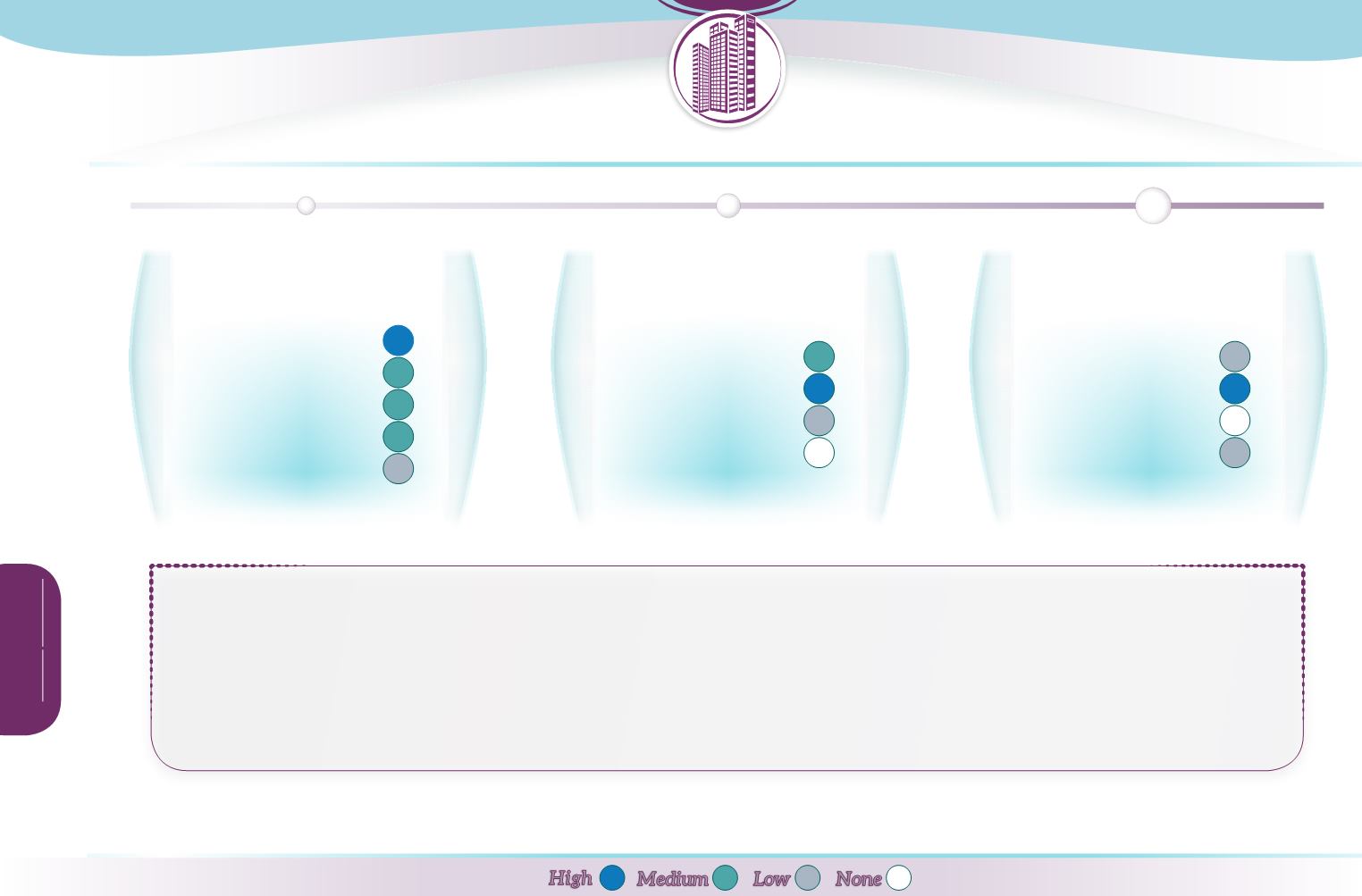
E
cosystem
servicesdelivered
Provisioning
Regulation & maintenance
Cultural
Abiotic
C
ontribution
topolicyobjectives
Water Framework Directive
Floods Directive
Birds & Habitats Directive
2020 Biodiversity Strategy
P
otential
biophysicaleffects
Runoff
Reducing pollution
Soil conservation
Habitat
Climate Change
High
Low
Medium
None
Detention basins
temporarily store runoff
, then releasing it at a slower rate downstream. They are not designed to allow infiltration. The storage capacity is dependent on
the design of the basin, which can be sized to accommodate any size of rainfall event. Detention basins thereby can reduce the risk of surface
flooding
in conjunction with
other SuDS features, and in doing so contribute to climate change adaptation.
Detention basins can be effective at
capturing sediment
in urban or rural runoff and at
pollutant removal
; effectiveness varies considerably and is improved by good
design and maintenance. Through reducing diffuse pollution, detention basins make a small contribution to preserving and improving surface
water quality
.
Detention basins may provide minor biodiversity benefits (although unlikely to provide significant habitat improvements). As a
green infrastructure
component, increased
application of detention basins will contribute to meeting the objectives of the 2020 Biodiversity Strategy.Where used to intercept and store runoff from low permeability surfaces
in agricultural areas, detention basins can contribute to more sustainable agricultural practices. Finally, by creating green areas, they provide
aesthetic
and recreational benefits.


